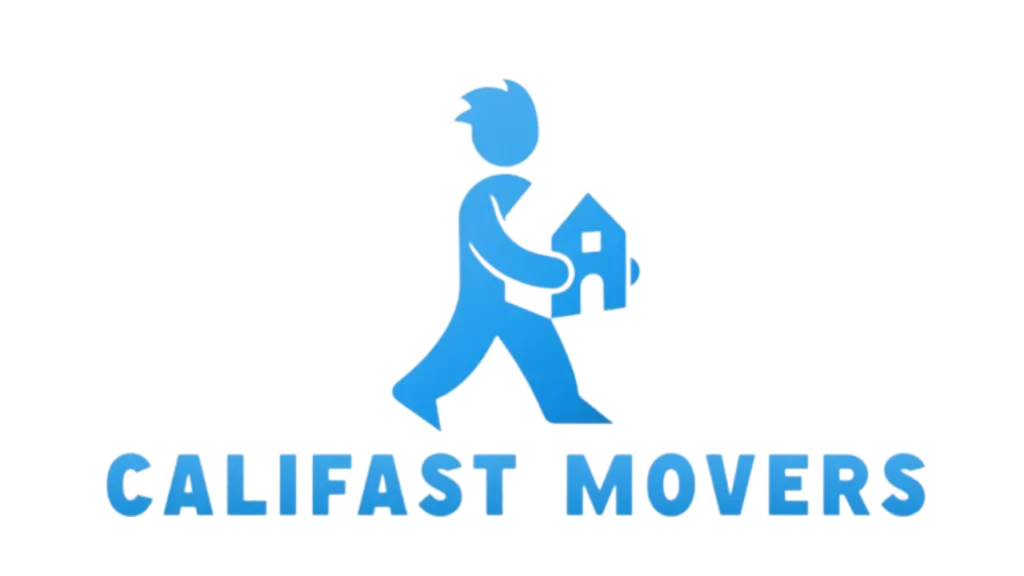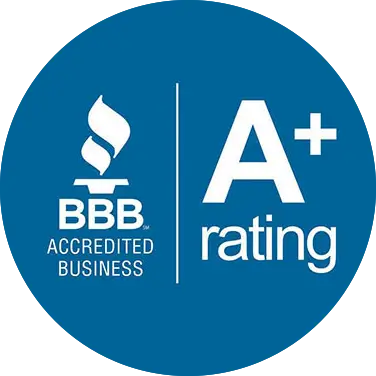Navigating Your Cross-Country Move: A Step-by-Step Guide from Califast Movers
Embarking on a cross-country move in the U.S. is a significant undertaking that requires meticulous planning to ensure everything goes smoothly. From coast to coast or anywhere in between, the vast distances, varying climates, and logistical challenges can make it daunting. At Califast Movers, we’ve facilitated thousands of long-distance relocations, leveraging our expertise to help clients avoid common pitfalls and arrive stress-free. This detailed step-by-step guide covers everything from initial preparation to final settlement, with practical tips, timelines, and considerations for a seamless transition. Whether you’re moving for work, family, or adventure, follow these steps to make your journey successful.

Step 1: Assess and Plan Your Move (2-3 Months Ahead)
Start by evaluating your needs and setting a foundation for the entire process. This early stage is about research and decision-making to align your move with your goals.
- Define Your Timeline: Choose a moving date based on factors like job start dates, school schedules, or lease endings. Consider seasonal weather—avoid winter in northern states or summer heat in the south if possible.
- Research Your Destination: Study the new area’s cost of living, housing options, schools, healthcare, and local laws. Use resources like city websites or apps to compare neighborhoods and plan visits if feasible.
- Determine Move Type: Decide between DIY, rental truck, container shipping, or full-service movers like Califast Movers. For cross-country, professionals handle interstate regulations and long hauls best.
- Gather Documents: Collect important papers like birth certificates, medical records, and vehicle titles. Update your address with the USPS early to forward mail.
- Budget Estimation: Calculate approximate costs including mover fees, travel expenses, temporary housing, and potential storage. Add a 20% buffer for unexpected costs like tolls or delays.
Proper planning here prevents last-minute surprises and sets a realistic expectation.
Step 2: Declutter and Inventory
(6-8 Weeks Ahead)
Reducing your load saves money and simplifies packing. A thorough inventory ensures nothing is lost and supports insurance claims.
- Sort Ruthlessly: Categorize items as keep, sell, donate, or trash. Use the “one-year rule”—if unused in a year, consider parting with it. Host a yard sale or use online platforms for selling.
- Detailed Inventory: List items room by room, noting values and conditions. Photograph valuables for proof. Apps like Sortly or Excel templates can help organize this.
- Handle Special Items: Identify fragile, hazardous, or prohibited items (check our policy). Arrange for donation pickups or recycling for unwanted goods.
- Measure Belongings: Ensure furniture fits in your new home by comparing dimensions. Disassemble large pieces if needed to ease transport.
Decluttering can cut moving costs by 10-20%, making this step worthwhile.
Step 3: Choose and Book Movers
(4-6 Weeks Ahead)
Selecting the right mover is critical for a cross-country haul, where FMCSA regulations apply.
- Research Options: Get quotes from 3-5 licensed movers via FMCSA’s site. Check reviews on BBB or Yelp, and verify insurance.
- Compare Services: Look for full-service (packing included) vs. self-pack. At Califast Movers, we offer flexible options with climate-controlled trucks for long distances.
- Book and Confirm: Secure your date early, especially in peak seasons (May-September). Review contracts for delivery windows (typically 1-21 days for cross-country).
- Understand Costs: Factors include weight, distance (e.g., NY to CA is ~2,800 miles), and add-ons like packing. Request binding estimates to avoid surprises.
Booking early locks in rates and availability.
Step 4: Pack Systematically
(3-5 Weeks Ahead)
Packing is time-consuming—allocate 1-2 days per room for a detailed job.
- Gather Supplies: Boxes, tape, bubble wrap, markers, and labels. Use color-coding for rooms (e.g., blue for kitchen).
- Room-by-Room Approach: Start with least-used rooms. Pack heavies in small boxes, fragiles with padding. Label contents and destination.
- Protect Valuables: Wrap electronics in anti-static materials, drain liquids from appliances. For art, use custom crates.
- Essentials Kit: Pack a box with first-night needs: toiletries, meds, clothes, chargers, and important docs.
Pro tip: Pack a “open first” box per room for quick setup.
Step 5: Handle Administrative Tasks
(2-4 Weeks Ahead)
Tie up loose ends to ensure a smooth legal and practical transition.
- Address Changes: File with USPS, update banks, credit cards, IRS, and DMV. Notify subscriptions and utilities.
- Transfer Services: Schedule shut-offs at old home and activations at new (electricity, internet, etc.). Research new providers if needed.
- Vehicle Prep: Service your car for road trips; ship if not driving. Update registration if crossing states.
- Health and Education: Transfer medical/school records. Schedule final check-ups and find new providers.
These tasks prevent post-move hassles like missed bills.
Step 6: Prepare for Travel
(1-2 Weeks Ahead)
Cross-country travel demands planning for safety and comfort.
- Route Planning: Use apps like Google Maps for optimal paths, factoring rest stops, hotels, and attractions. Budget for gas/tolls (~$0.15-0.20/mile).
- Family/Pet Considerations: Pack snacks, entertainment for kids; carriers and meds for pets. Book pet-friendly lodging.
- Emergency Kit: Include first-aid, tools, water, and roadside assistance info.
- If Flying: Arrange flights, car shipping, and pet transport. Coordinate with movers for arrival timing.
Plan for 3-5 days driving across the U.S.
Step 7: Moving Day Execution
Stay calm and coordinated on the big day.
- Final Check: Walk through to ensure nothing’s left. Confirm mover arrival time.
- Supervise Loading: Point out fragiles; sign inventory list.
- Clean Up: Tidy the old home; take meter readings.
- Departure: Secure the property and hit the road or airport.

Our Califast Movers teams handle loading with care.
Step 8: En Route Monitoring
Keep tabs during transit.
- Track Shipment: Use our tracking tools for updates.
- Rest and Safety: Take breaks if driving; monitor weather.
- Communicate: Stay in touch with movers for ETA adjustments.
Step 9: Arrival and Unpacking (Upon Reaching Destination)
Focus on quick setup.
- Inspect Delivery: Check inventory for damage; note issues immediately.
- Unpack Essentials: Prioritize kitchen, bedrooms, bathrooms.
- Organize Gradually: Unpack room by room; recycle materials.
- Local Updates: Get driver’s license, register to vote if needed.
Give yourself a week to unpack fully.
Step 10: Settle In and Adjust (1-4 Weeks After)
Make the new place home.
- Explore Locally: Visit stores, parks, and meet neighbors.
- Build Networks: Join community groups or apps for newcomers.
- Address Adjustments: Monitor for stress; seek support if needed.
- Feedback Loop: Share your experience with Califast Movers to help us improve.
At Califast Movers, we’re dedicated to your success. Contact us for a quote and expert guidance!







